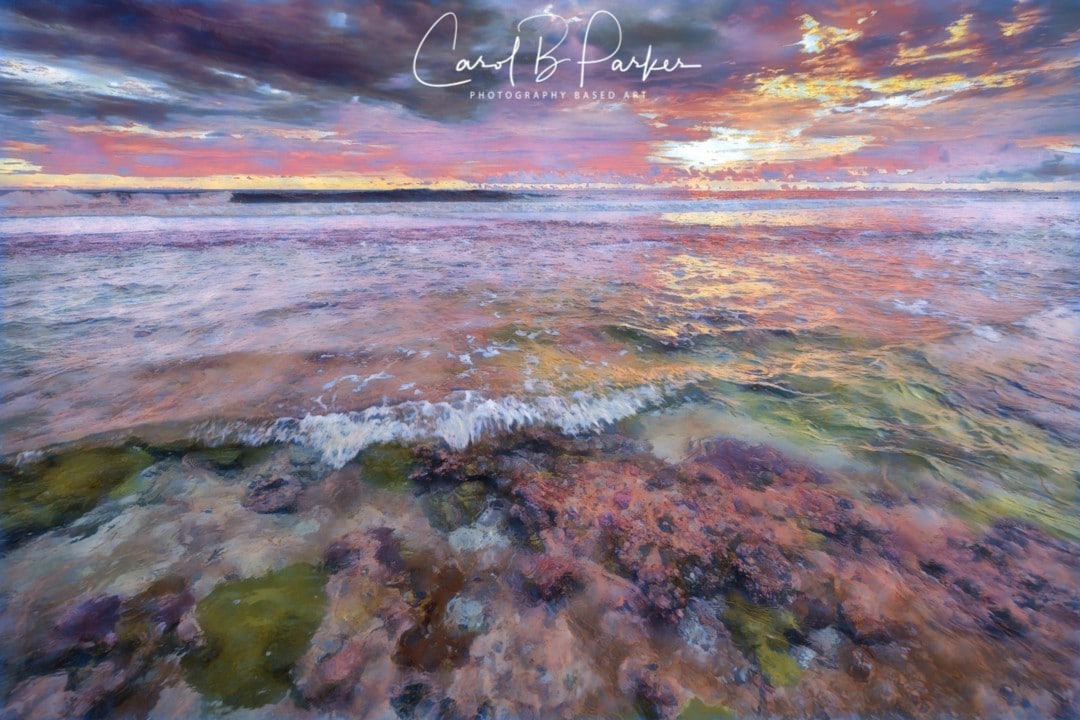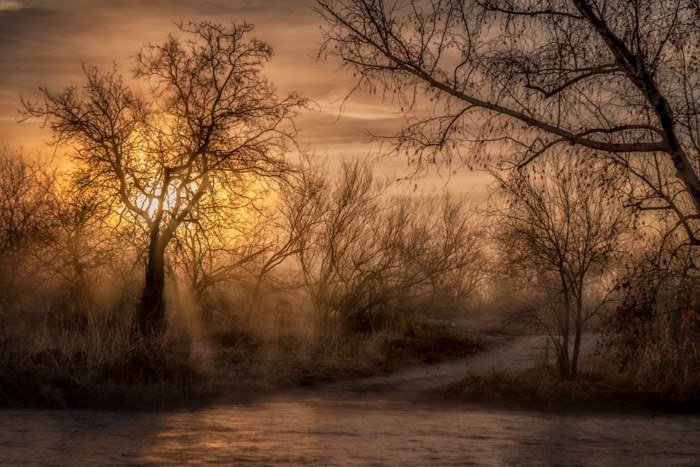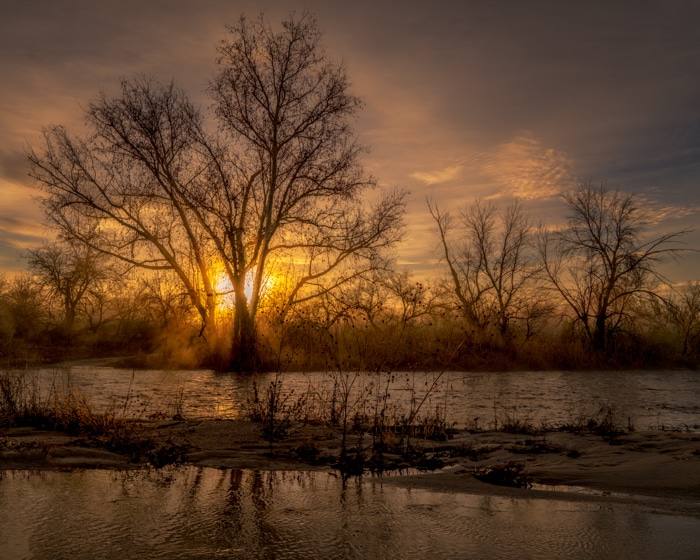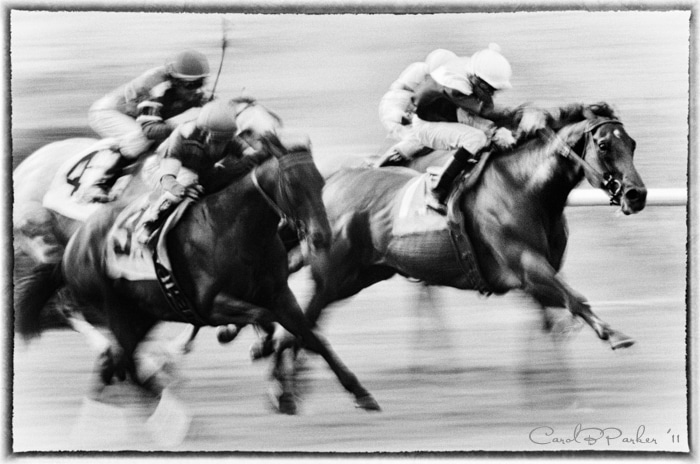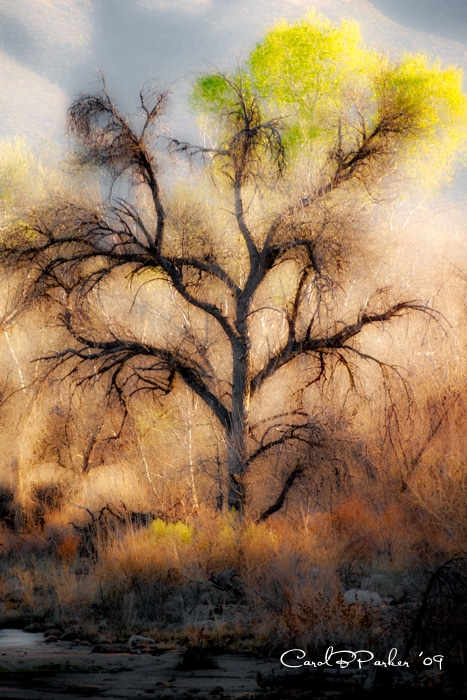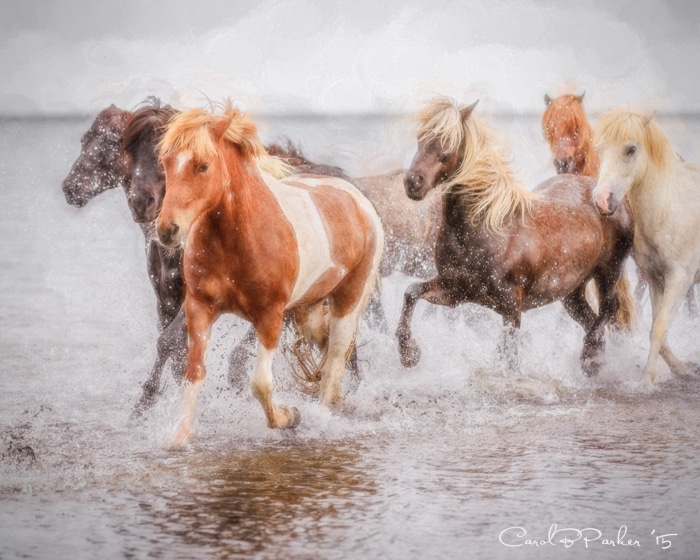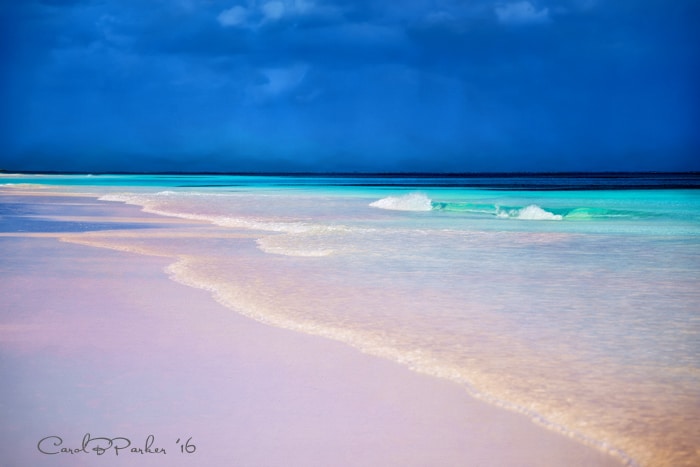I wanted to repost a story I wrote a few years ago as the cover feature for Berthon Lifestyle, a yachting lifestyle magazine published in the U.K. It was one of those times when the words came together extraordinarily well to help me express what photography means to me, how I approach it, and why I share my images.
Top Image: Fringing Reef #4 Wavelet | Suwarrow Atoll, Cook Islands, South Pacific
“A PHOTOGRAPHER’S STORY”
A dozen years ago, my husband and I surprised ourselves by making an impulsive, pre-retirement decision to purchase a bluewater sailboat located in New Zealand, ideally situated for exploring the prime cruising grounds of the South Pacific. My first (as it turned out, naive) impulse was to cultivate an artistic hobby to fill the leisure time generated by our idyllic new lifestyle. Many options – oil paints, watercolors, pastels – were discarded as too messy for a vessel’s tight quarters. Finally I settled on photography and embarked on not one, but two new adventures.The best camera, as they say, is the one you have with you. Photography on a boat can be pursued with a smartphone or a pro DSLR. It is neat and clean and portable, whether on deck or ashore or even underwater. Add a computer and appropriate software for organizing and editing the images, and the onboard studio is complete.
From the deck of a cruising yacht there is a wealth of inspiration and source material that ranges from scenic vistas to wildlife to foreign cultures. These days my photo platform is a rugged aluminum FPB64 motor yacht, supplemented by an aging much-loved inflatable kayak.
All it takes is one simple click to ‘take a picture’, a rectangle, destined to hang on the wall as a print or glow on a screen as a digital image or join a collection in a book. But as a photographer/artist I don’t want to just record a photograph. I want to create art, to meld technical material with creative insight, elevating that rectangle to a higher plane.
The equipment and software available today are sophisticated and powerful, but to transform photography into an art form requires more than just good tools. Is a great novel the product of a good typewriter? It takes more than a good camera to produce an artistic photograph.
My finished photo-based artwork results from multiple technical choices made prior to pressing the shutter button – lens selection, exposure, depth of field, shutter speed, ISO, white balance, dynamic range and more. On the creative side I incorporate composition, light, shadow, color, texture, gesture and motion, all to play their part in capturing the raw image, the first step.
Step two is the selection process that takes place in the digital darkroom (my computer) reviewing and culling to find those select images that resonate with my imagination. The third phase is post-processing, the judicious application of a variety of digital darkroom tools – software and filters, layered and retouched by hand to manipulate the image into its final form.

As a result I’ve learned compromises. On a moving deck I compensate by shooting at higher shutter speeds or raising the ISO setting. To keep my balance I bend my knees and widen my stance to absorb the shock. I jam my elbows into my ribs and mash the camera viewfinder into my eye socket for additional stability. Often I fire off a burst of photos knowing that one of the bunch will by sheer luck be more crisp and clear than the others. There will be a lot of throwaways, but a few will be keepers.

A good image should relate a story to the viewer, not simply recreate a scene but instead share an insight into the very essence of what first captured the photographer’s imagination. It may be about how the interplay of light and shadow illuminates a seascape for a brief magical moment. It may be about reflections on glassy water, or how a bird’s feathers flare in flight. Perhaps it’s a story of village life, a new friend, a beautiful scene, or the devastation of a storm.
But there’s a second story that accompanies each image, and that is the story that belongs solely to the photographer. The travel, the gear, the camaraderie, the solitude, the discomforts, the challenges, the accomplishments – all are embedded into the making of that simple rectangle. Not just sight but also sound, touch, smell, even taste, are part of the experience. Whenever I review my work the memories come flooding back to let me relive the adventure once again.

An even lengthier version of that narrative begins with a 6,000 mile journey to the tropical kingdom where the humpbacks congregate. It includes my history of previous whale-watching expeditions led by professionals, where I learned whale behavior and how to observe them in the water safely and respectfully. It is colored by a Sunday morning sail in search of a cooperative whale, and the frisson of excitement as I donned snorkel gear, grabbed the underwater camera, and slid into the water from off the stern of the boat.
Each photo, that deceptively simple click, is embedded with two stories, one for the viewing public and one for the photographer alone. To produce them with forethought, investing time and energy into making them the best they can be, is to embed that memory even more deeply into my being.
All photos are copyrighted and registered with the U.S. Copyright Office. Enjoy but please respect.

